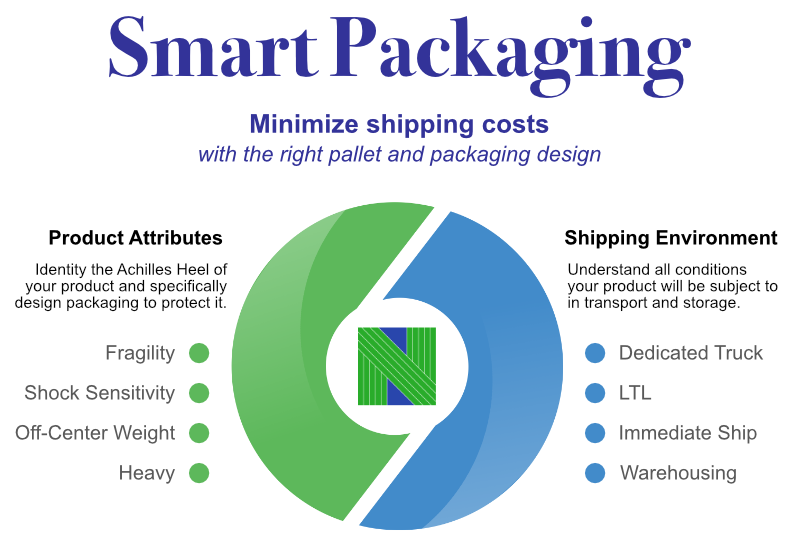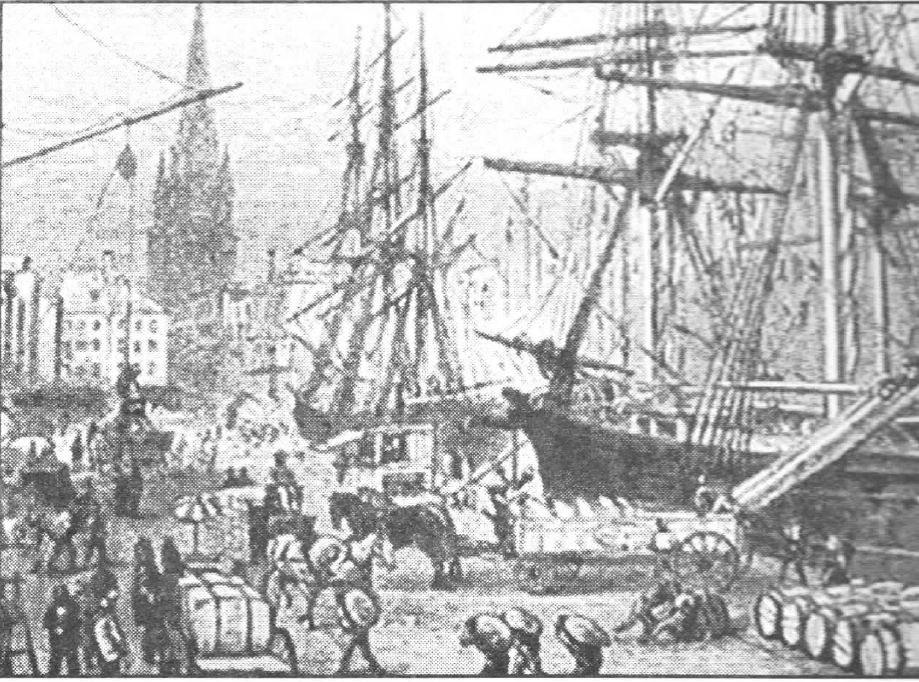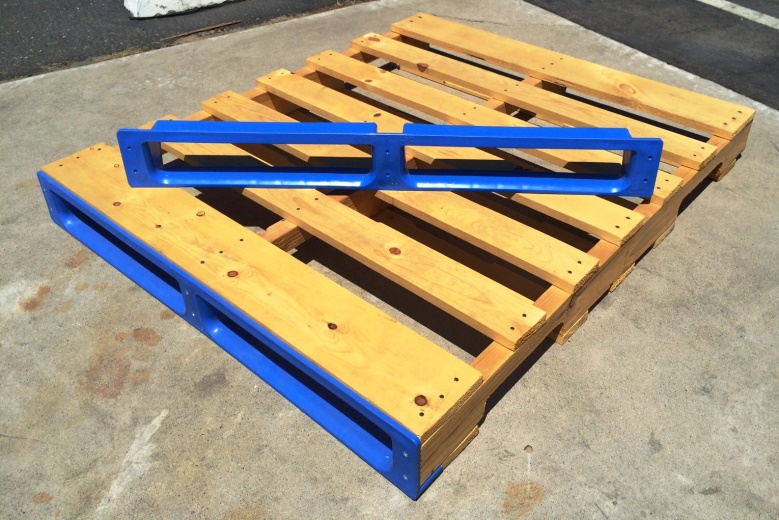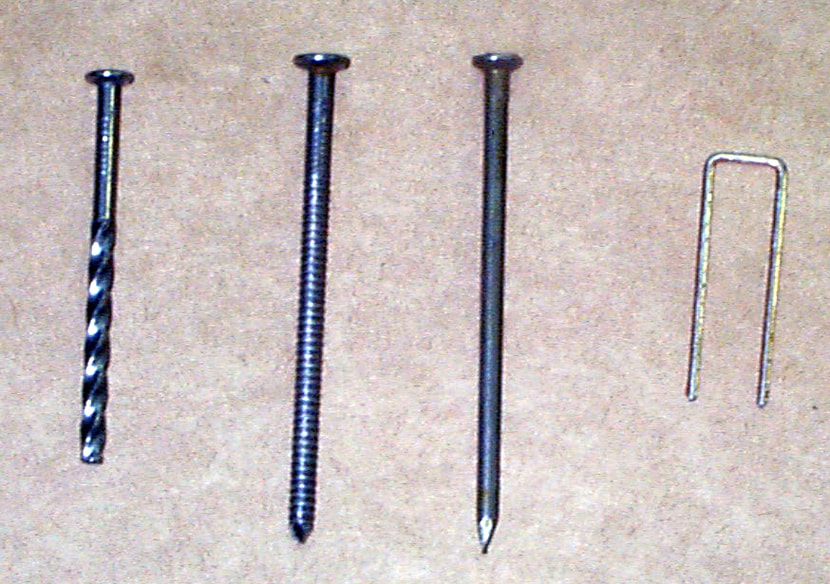|
Does this sound like you? Every day you're packaging product and moving it on pallets. Nothing has changed in your system for years, decades even. It works, but as the cycle repeats (and repeats, and repeats) you keep wondering if you're leaking profits. We have all heard the definition of insanity, "doing the same thing over and over and expecting different results." This is Bill Murray's character, Phil in the 1993 movie Groundhog Day. It takes Phil most of the movie to understand this.
0 Comments
Raw material pricing has everyone cringing. How can you save money on your shipping materials while still ensuring your product arrives safely?
In today’s marketplace, businesses are hampered by inflation while still trying to offer products that are advantageous for customers to purchase. How do you accomplish this when material costs are going up from the time you place the order to delivery? Two words... smart packaging. In previous discussions about pallets, I touched on the nature of the load that a pallet might be expected to handle. If you are a pallet geek like me, the term “unit load” is often used to describe the goods that are configured in such a way as to be easily handled by that pallet.
So, I guess the unit load is and has always been associated with pallets, right? Well, not exactly. Although we can trace the use of pallets all the way back to ancient times, the common use of pallets to handle the unit load did not get going until World War II. Why is my 2x4 lumber not 2 inches by 4 inches?
Many decades ago, lumber purchased from a sawmill physically matched the common dimensions we use today. So why does that pine or spruce 2x4 from your local lumber yard now come up short? The short answer is modern surfacing and shrinkage. Over time we've come to accept these nominal (approximate) dimensions as standard. But there's still a catch. Shrinkage can be highly variable. This makes it very difficult to manage and regulate dimensional accuracy. Have you tried any products that could extend the life of your current warehouse pallets? Reducing damage can be achieved by using pallet protectors, forklift fork-guards, and warehouse racking add-ons.
Every pallet user has experienced fastener failures at some point. Putting a nail or screw into a wooden pallet sounds simple enough, but it can actually get quite technical. When there is a failure, a good set of photos is often enough for an engineer to identify if the problem is the fastener or something else entirely. |
Call Us: (410) 477-3000
Headquartered in Baltimore since 1918 Nelson Company is a trusted source for pallets & packaging materials.
NelsonCompany.com Is your packaging system costing more than it should? Find out how you can start saving with an analysis from Nelson Technical Center.
Our own web-based software for reverse distribution. Nelson-ART™ manages the entire life-cycle of your packaging assets.
|
Tech CenterThe Nelson Technical Center finds savings. Solutions for the design, supply and recovery of transport packaging.
(443) 649-1049 |
Wood SalesCustom wooden pallets and crates are our specialty. Ask us about wood manufacturing, repair and recycling.
(410) 477-3000 |
|










 RSS Feed
RSS Feed
